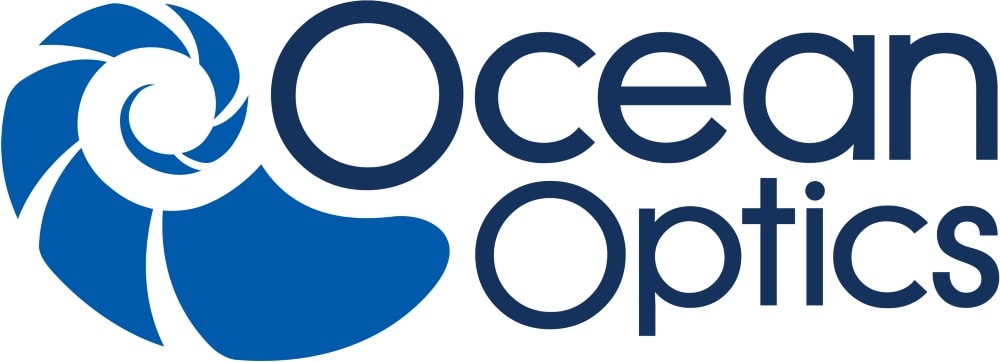In order to obtain stable and reproducible retention times, it is essential to fully equilibrate HILIC columns with mobile phase prior to analysis to ensure a stable adsorbed water layer exists at the stationary phase surface. Similarly, after performing a gradient run, the column requires re-equilibration to the gradient starting conditions and formation of a stable adsorbed water layer.
Introduction
In order to obtain reproducible retention times in liquid chromatography, it is essential that the column is equilibrated with mobile phase to a steady state. Allowing insufficient time for equilibration in both isocratic and gradient modes is a common source of poorly reproducible separations.
Isocratic
In reversed-phase (RP) LC, at least 10 column volumes of mobile phase should be flushed through the column prior to analysis in order to sufficiently equilibrate the column. Table 1 shows approximate column volumes for popular LC column formats. If elevated temperatures are used, additional time to equilibrate the column temperature may also be necessary.
In HILIC mode, column equilibration time can be somewhat longer. This is because in order to obtain stable and reproducible retention times, a stable hydration layer has to be established and maintained around the silica surface.
 Table 1: Approximate internal volume in millilitres of common LC column formats packed with fully porous particles.
Table 1: Approximate internal volume in millilitres of common LC column formats packed with fully porous particles.




